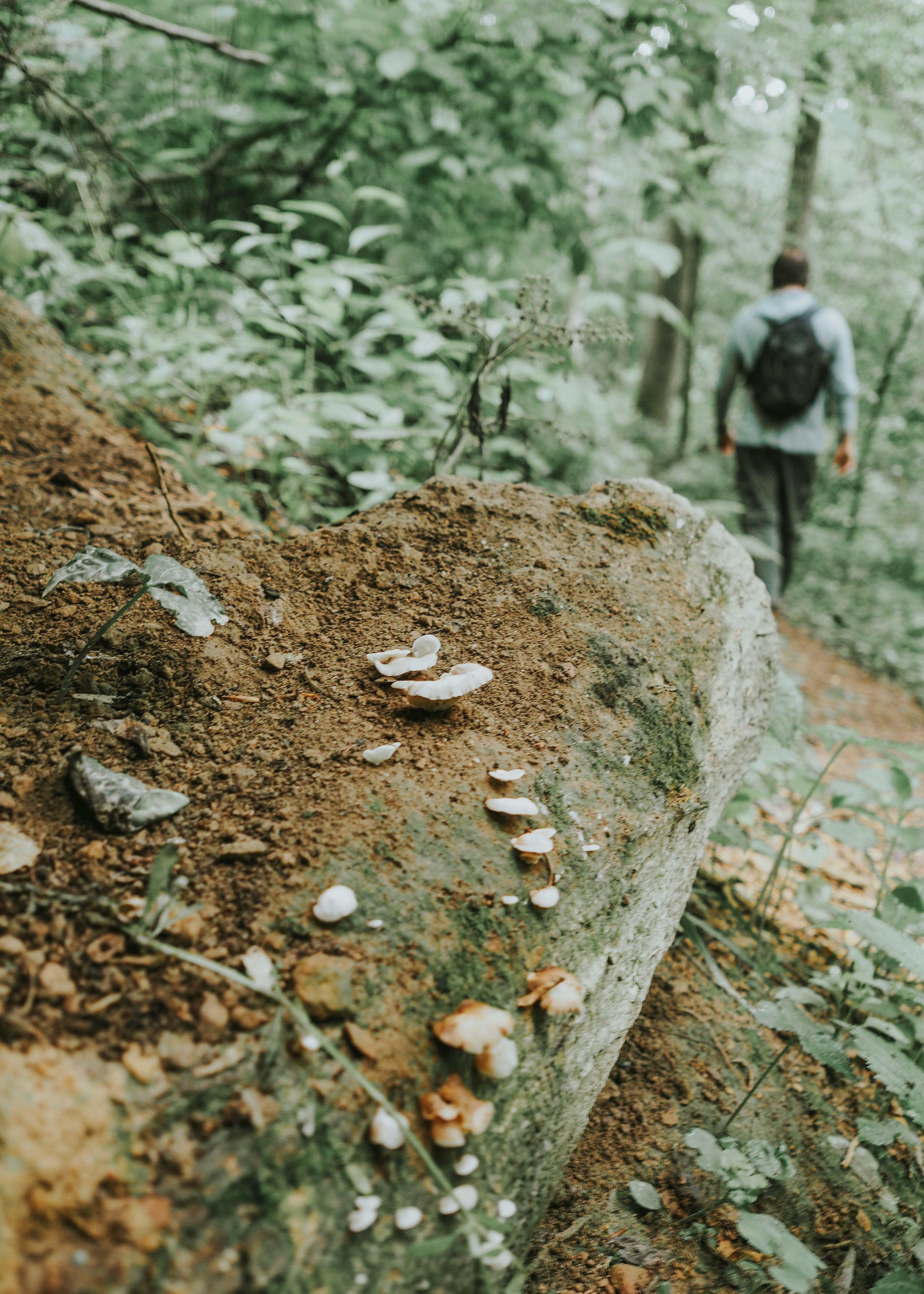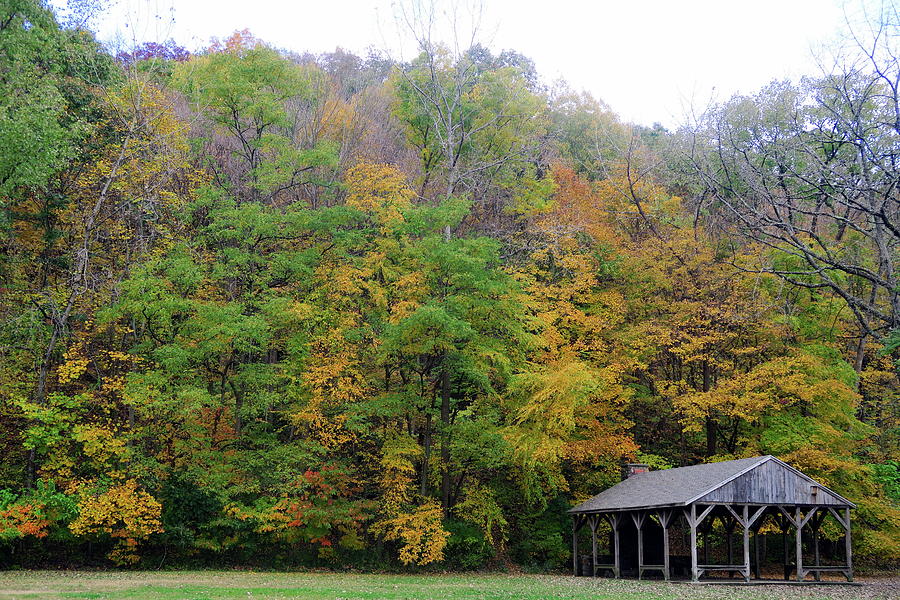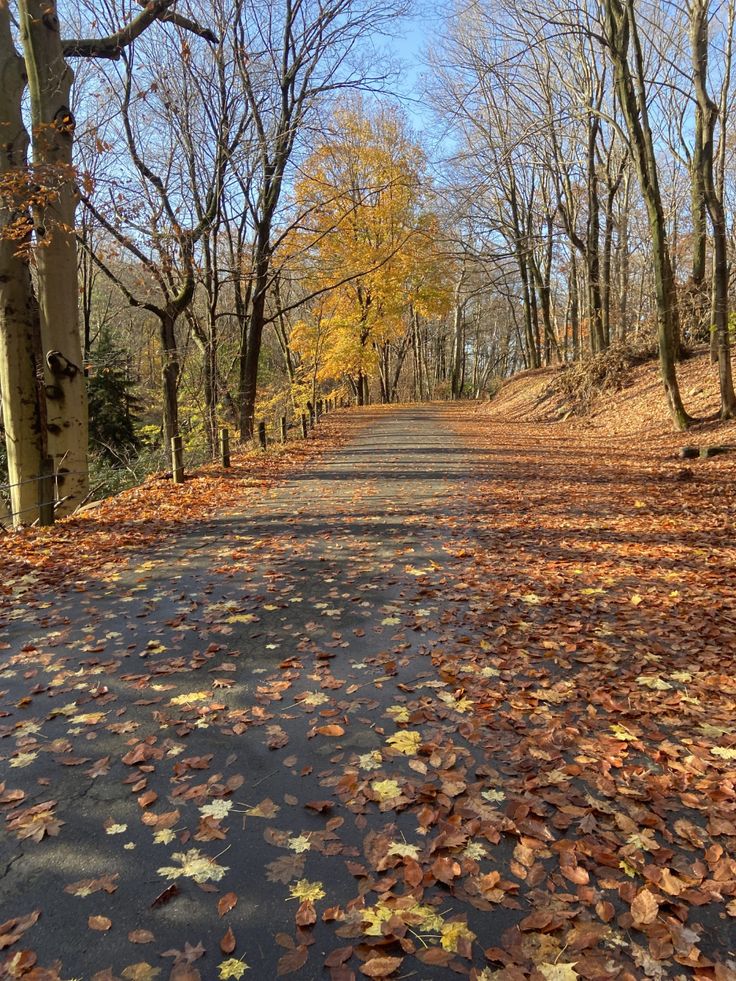About Gillette Quarry, Connecticut
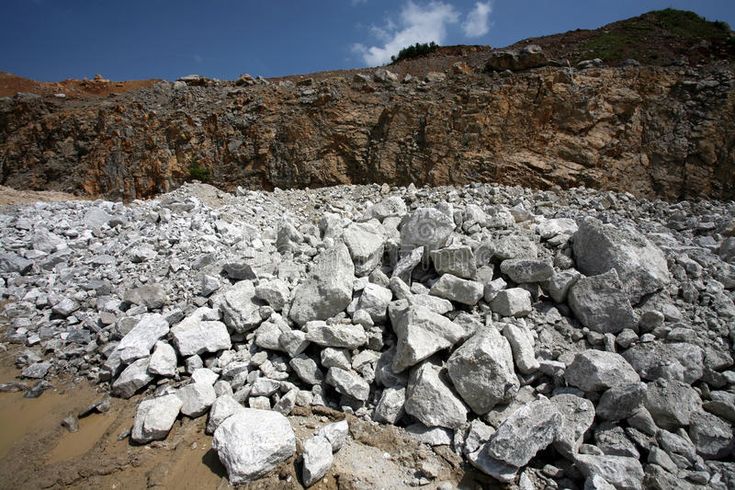
Gillette Quarry is part of Connecticut's pegmatite mining history, which peaked during the late 1800s and early 1900s. It holds history as a major producer of elbaite tourmaline, making it a geological landmark of immense importance. This quarry is located in Haddam Neck in Middlesex County. The quarry, also known as J.J. mine, operated between 1895 to 1944 and is owned and operated by its first owner, Merit P. Gillette, whose name the quarry takes after.
Rockhounds from the early 20th century, collectors documented a diverse and well-formed crystals found in the quarry. Over the decades, Gillette Quarry earned a reputation as one of the premier mineral localities in Connecticut. Although active quarrying is no longer taking place, the old quarry dumps and exposed pegmatite walls still attract rockhounds eager to find collectible specimens.
The quarry was first opened in the fall of 1895 by its namesake, Merit P. Gillette, and elbaite crystals were discovered on December 1, 1895, marking the beginning of a remarkable run. During this time, only the pegmatites of Maine were known to harbour elbaite crystals in the eastern USA, so the abundant crystals from Gillette quickly gained international attention.
Commercial Operation in the quarry began in 1904, by the Eureka Mining and Operating Company, recording a production of up to 65 tons of commercial-grade feldspar mineral rocks each day. However, the last recorded mining operations of mining were recorded between 1942 and 1944, after which official mining was closed.
Although rockhounding in Gillette quarry is no longer open to the public, rockhound clubs still visit the quarry, and for a fee, explore the pegmatite veins and learn about the rich history of the quarry.
What Can Be Found at Gillette Quarry
- Elbaite: The quarry was documented to have been found with elbaite crystal, which is the primary reason for the quarry's fame. These crystals are found within miarolitic cavities in the granite, usually lined with quartz. These crystals were prized for their remarkable clarity and kaleidoscope of colors. Elbaite is a member of the tourmaline group and usually forms in occurs in the granite at irregular places. They have a variety of colors, mostly due to the varying quantities of magnesia and iron during formation. Elbaite crystals of white, pink, yellow, green, blue, and even colorless were recorded to have been found in the quarry.
- Schernikite: An abundant, pink, fibrous variety of muscovite named after the miner Ernest Schernikow. It often coats or penetrates pocket crystals.
- Morganite: This variety of beryl in pale rose is usually found on cores of overgrown pale green beryl. Morganite is the second most popular non-diamond stone, after sapphire. And they are usually very expensive due to their rarity.
- Feldspar: Another occurrence you will most likely find in the quarry is feldspar. Gillette Quarry's pegmatite contains large feldspar crystals, often in association with mica and quartz. Usually a white or pink massive crystals. Feldspar was once quarried extensively in Connecticut for use in ceramics and glass. Some significant feldspar mineral rocks you will find include amazonite, lepidolite, and fluorapatite.
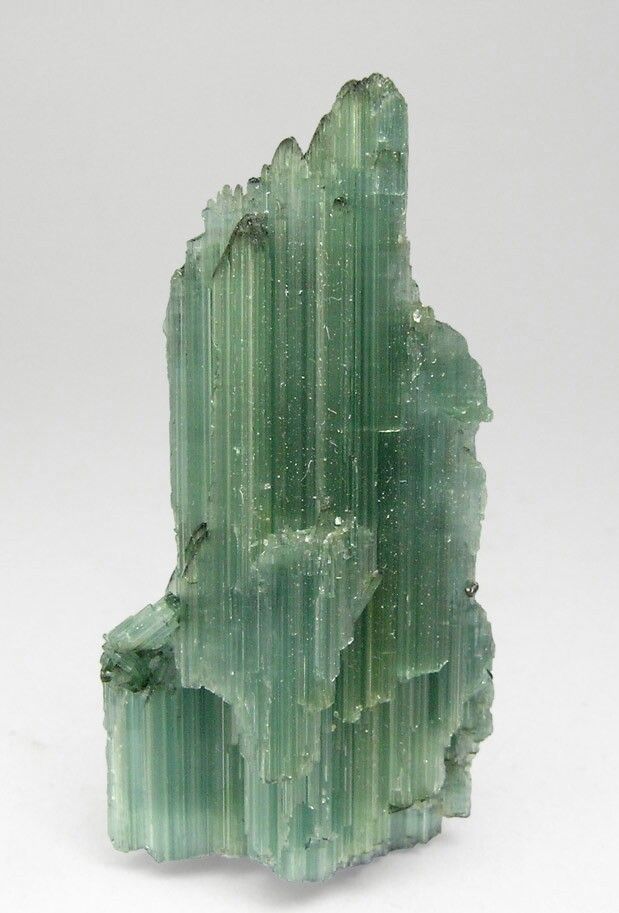
Elbaite
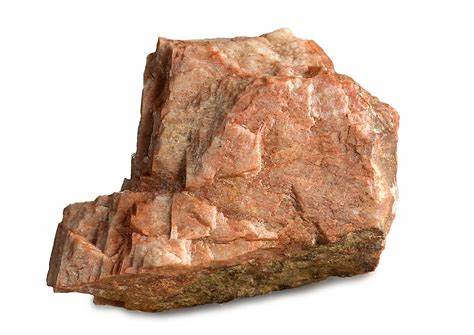
Feldspar
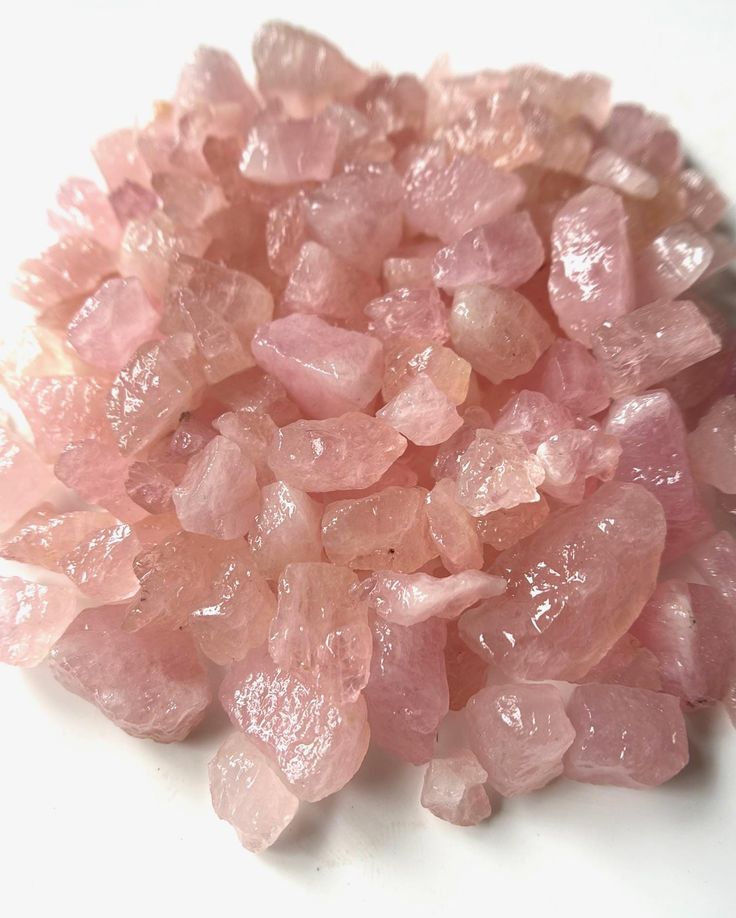
Morganite
Location of Gillette Quarry
Gillette Quarry is in Haddam Neck, Middlesex County, Connecticut, just east of the Connecticut River. Its coordinates are longitude 41.49250 and latitude 72.51083. The nearest towns are Middletown to the north and East Haddam to the east. If you are driving, Haddam is easily reached via Route 9, which connects to I-91. Local roads lead to the quarry area.
This quarry is one of Connecticut's most famous pegmatite localities, producing a variety of well-known minerals such as elbaites, beryl, feldspar, and occasional tourmaline. Rockhounds usually search through old quarry piles for collectible specimens. Its long history and diversity of crystals make it a popular destination for mineral enthusiasts. However, note that the quarry is now closed to public collection as it is private property; therefore, access is restricted. Confirm with the county office on entry permits before entering the site. However, access might be granted for a fee if you are going with a rockhounding group or club.
Recommended Gear and Tips
Recommended Gear
Before visiting Gillette quarry, here are some useful rock-hounding tools you should carry along:
- Comfortable Boots: The terrain at Gillette Quarry is uneven, with loose rocks, quarry debris, and steep surfaces. A pair of durable hiking or work boots with good ankle support is essential. This not only protects your feet but also prevents slips and injuries while climbing over rocky ground.
- Sun Protection: Since much of the quarry is exposed, pack sunscreen, a wide-brimmed hat, and sunglasses. There's very little natural shade, and long hours in the sun can be draining.
- Water and Snacks: Exploring a quarry is hard work. Bring plenty of water and energy-boosting snacks to stay hydrated and energized throughout the day.
- Camera: Capture fascinating shots of pegmatite veins, quarry walls, or especially large crystals you might find while exploring the quarry.
Recommended Gear
Recommended Tips
- Do not Trespass: Gillette Quarry is not public land, which means entry into the quarry is not permitted, at least not without permission. Also, collecting rocks without permission is prohibited. Trespassing is illegal and can result in fines. You shouldn't visit the quarry without confirming permission from the county office. Or check with the Lapidary & Mineral Society of Central Connecticut (LMSCC) or local geology clubs for guidance.
- Join a Club: Some mineral clubs occasionally organize group trips to Gillette Quarry with prior permission. So your best bet for going to the quarry is by joining a club and visiting the quarry with them.
- Focus on Dump Piles: Many collectors have success searching through old quarry dumps rather than quarry walls.
- Document Your Finds: You can document your finds when you visit by taking notes of specimens you see, and take pictures too to keep the memories of the historic finds in Gillette Quarry.
- Timing: Going at the best time is great, and even though your visiting opportunities might depend on when mineral clubs organize trips, or when you can get permission to visit. But springtime and fall are the comfortable seasons for visiting, this is because during summer the woods can be buggy and too sunny.
Conclusion
Even though collecting access is limited, Gillette Quarry remains a significant rockhounding site in Connecticut's mineralogical history. Rockhounding at Gillette Quarry in Haddam is a unique opportunity for mineral collectors to connect with Connecticut's pegmatite-rich geology.
Whether you're a beginner or a seasoned collector, adding a Gillette Quarry specimen to your collection is a way of owning a piece of Connecticut's geological story. If you plan a visit, always check permissions, join a club for guidance, and remember to collect responsibly, and enjoy the adventure of discovering minerals in one of Connecticut's most famous quarries.
Other Rockhounding Sites in Connecticut
While rockhounding in Gillette Quarry offers a glimpse into Connecticut's mineralogical history, here are other rockhounding sites to check out in Connecticut.
Guidebooks For Connecticut
If you want to learn more about the unique geological history of Connecticut, here are suggested guidebooks for you to learn and discover more.




